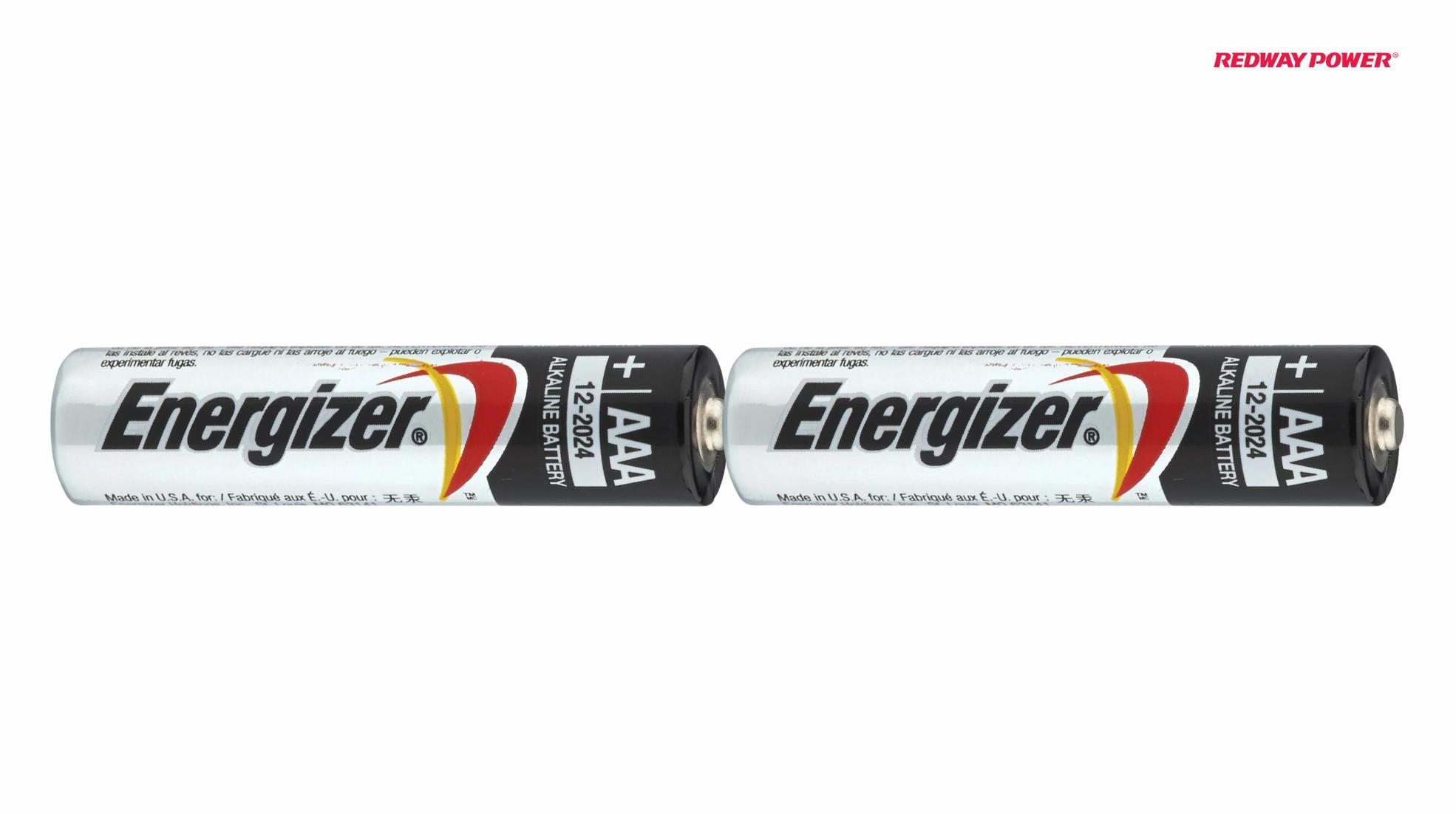When two AAA batteries are connected in series, their combined voltage totals 3 volts, as each standard alkaline or lithium battery provides a nominal voltage of 1.5 volts, while rechargeable NiMH batteries yield approximately 1.2 volts each.
What is the Nominal Voltage of a AAA Battery?
The nominal voltage of a standard AAA battery is typically 1.5 volts for non-rechargeable types like alkaline and lithium batteries, while rechargeable nickel-metal hydride (NiMH) batteries generally provide around 1.2 volts, which is essential for ensuring compatibility with various devices.
| Type of Battery | Nominal Voltage (V) |
|---|---|
| Alkaline | 1.5 |
| Lithium | 1.5 |
| NiMH | 1.2 |
How Does Voltage in an AAA Battery Work?
Voltage in an AAA battery refers to its nominal output under typical conditions, which is crucial for device compatibility and performance efficiency, ensuring that devices designed for specific voltages operate correctly without risk of damage or malfunction.
Wholesale lithium golf cart batteries with 10-year life? Check here.
What Are the Types of AAA Batteries and Their Voltages?
AAA batteries come in different types, including:
- Alkaline: Typically provide 1.5 volts.
- Lithium: Also deliver around 1.5 volts.
- NiMH: Rechargeable type that usually outputs about 1.2 volts.
These distinctions are vital when selecting batteries for devices requiring specific voltage levels.
Want OEM lithium forklift batteries at wholesale prices? Check here.
How Can You Check the Voltage of an AAA Battery?
To check the voltage, you can use a multimeter:
- Set the multimeter to measure DC voltage.
- Connect the red probe to the positive terminal and the black probe to the negative terminal.
- Read the displayed voltage; it should be close to either 1.5V or 1.2V depending on battery type.
What Happens When You Connect AAA Batteries in Series?
Connecting two or more AAA batteries in series adds their voltages together, so two standard alkaline or lithium batteries would yield a total output of 3 volts (1.5V + 1.5V), while two NiMH batteries would provide approximately 2.4 volts (1.2V + 1.2V).
Are There Differences Between Alkaline and Rechargeable AAA Batteries?
Yes, alkaline batteries usually have a higher initial voltage (1.5V) compared to rechargeable NiMH batteries (1.2V). Additionally, alkaline batteries are typically single-use, while NiMH can be recharged multiple times, making them more cost-effective over time.
What Are Common Applications for AAA Batteries?
AAA batteries are widely used in various devices such as:
- Remote controls
- Flashlights
- Toys
- Portable electronics
Their versatility makes them essential for everyday household items.
How to Properly Dispose of AAA Batteries?
Proper disposal is crucial to prevent environmental contamination:
- Recycle old batteries at designated recycling centers.
- Follow local regulations regarding hazardous waste disposal to ensure safe handling.
What Are the Benefits of Using AAA Batteries?
Using AAA batteries provides several advantages:
- They are widely available and affordable.
- Their compact size allows them to fit into many devices.
- They offer reliable power for both high-drain and low-drain applications.
How Do Temperature and Age Affect Battery Voltage?
Temperature extremes can significantly impact battery performance; high temperatures may increase self-discharge rates while low temperatures can reduce effective capacity temporarily. Additionally, as batteries age, their ability to hold charge diminishes, leading to lower output voltages.
Can I Use Different Types of AAA Batteries Together?
It is generally not recommended to mix different types of batteries (alkaline with NiMH) because they have different discharge rates and voltages, which can lead to inefficient performance or potential damage to devices.
Expert Views
“Understanding battery configurations and their respective voltages is vital for optimal device performance,” states a battery technology expert. “Using compatible battery types not only enhances functionality but also extends the lifespan of your electronic devices.”
FAQ Section
- What is the voltage output when connecting two AAAs in series?
When connected in series, two standard alkaline or lithium AAA batteries provide a total voltage output of 3 volts. - Are rechargeable AAAs better than alkaline ones?
Rechargeable AAAs can be more cost-effective over time since they can be reused multiple times despite having a lower nominal voltage compared to alkaline versions. - How can I tell if my AAAs are still good?
You can check their voltage using a multimeter; if they read near their nominal voltage (around 1.5V or 1.2V), they are still functional.
Batteries Series and Parallel Difference






